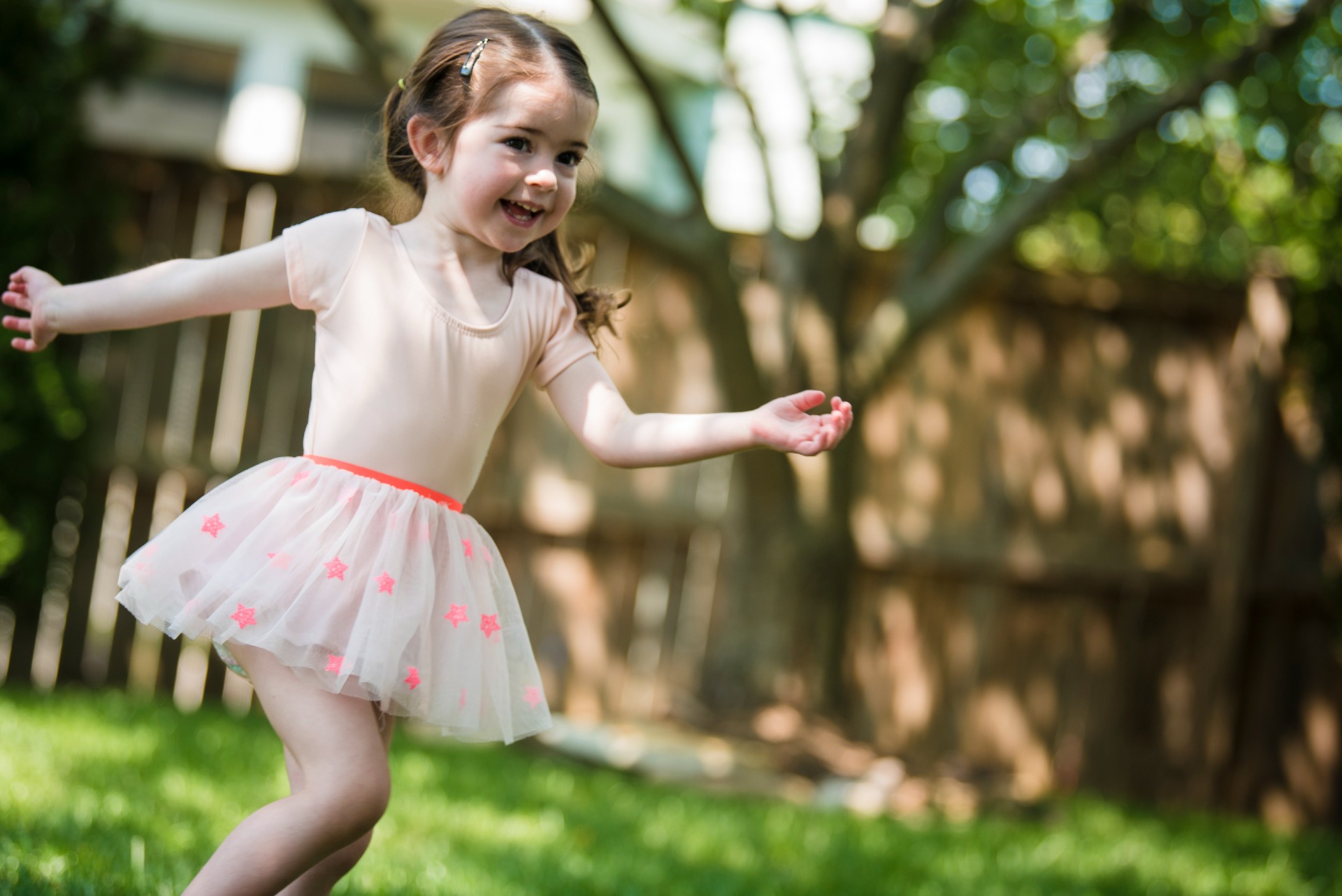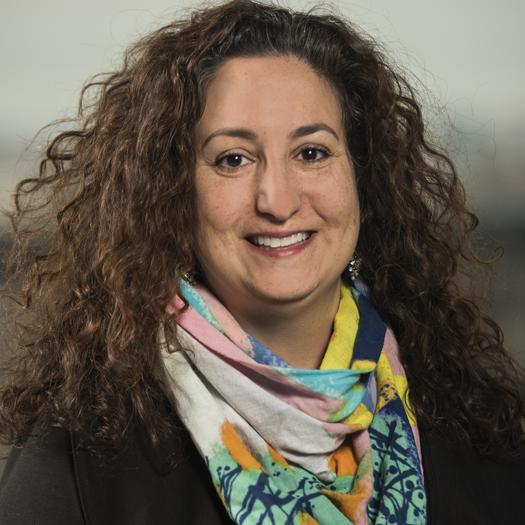What is ringworm (tinea infection)?
Ringworm is a type of skin infection caused by a fungus. It looks like a red skin rash that forms a ring around normal-looking skin. There are several types of ringworm.
Did you know?
Ringworm is a misleading term that refers to the circular appearance of the fungal lesion. There are no worms involved.
What causes ringworm in a child?
A ringworm infection is not caused by an actual worm. It is caused by fungi on the skin, hair and nailbeds called dermatophytes. Different types of dermatophytes affect different parts of the body. They cause different types of symptoms.
Which children are at risk for ringworm?
Children may be at risk for ringworm if they:
- Use shared bathrooms or locker rooms
- Play contact sports, such as wrestling
- Live in a warm climate
- Have contact with other children or pets that have ringworm
- Have a weak immune system because of illness or medicines
- Have poor hygiene
- Are malnourished
What are the symptoms of ringworm in a child?
The symptoms of ringworm vary depending on which part of the body is affected. The most common types of ringworm are listed below.
Athlete's Foot:
This problem mostly affects teenage boys and men. It usually doesn’t affect children before puberty. Things such as sweating, not drying the feet well after swimming or bathing, wearing tight socks and shoes, and warm weather can play a part in this problem. Symptoms may include:
- Whitening of the skin between the toes
- Scaling of the feet
- Itchy rash on the feet
- Blisters on the feet
Jock Itch:
This problem is also more common in males. It happens more often during warm weather. It is very rare in females. Symptoms of jock itch may include:
- Red, ring-like patches in the groin area
- Itching in the groin area
- Pain in the groin area
It does not usually involve the scrotum.
Scalp Ringworm:
Scalp ringworm is highly contagious, especially among children. It happens mainly in children between ages 2 and 10. It rarely happens in adults. Symptoms may include:
- Red, scaly rash on the scalp
- Itchy scalp
- Hair loss on the scalp
- Rash elsewhere on the body
Bad cases of ringworm of the scalp can also develop into a kerion. A kerion is a thick, pus-filled area on the scalp. It can also cause a fever. This can be caused by an overly active response of the immune system or an allergic reaction to the fungus. It may cause a rash elsewhere on the body and tender lymph nodes in the neck.
Nail Infection:
This type of ringworm causes the nails to become thickened and deformed. This problem affects the toenails more often than the fingernails. It happens more often in adolescents and adults rather than young children. Symptoms may include thickening of the ends of the nails and yellowing of the nails.
- Thickening of the ends of the nails
- Yellow color to the nails
Body Ringworm:
This skin infection is a ring-like rash that appears anywhere on the body or face. It happens in people of all ages, but it is more common in children. It is also more common in warmer climates. The symptoms may include:
- Red, ring-like rash with raised edges
- The middle of the rash may become less red as the lesion grows
- Itching of the affected area
Ringworm may look like many skin problems. Make sure your child sees their healthcare provider for a diagnosis.
How is ringworm diagnosed?
Ringworm is usually diagnosed based on a health history and physical exam of your child. The ringworm rash is unique. This makes it easy to diagnose with a physical exam. In addition, your child's healthcare provider may order a culture or skin scraping of the rash to confirm the diagnosis.
How is ringworm treated in a child?
Fungi can live indefinitely on the skin, so ringworm is likely to come back. Treatment may need to be repeated. Treatment will depend on your child’s symptoms, age, and general health. It will also depend on how severe the condition is. Treatment for scalp ringworm may include:
- Antifungal medicine taken by mouth for four to eight weeks. Some children may need longer treatment.
- Special shampoo to help get rid of the fungus. Shampoos can't replace the oral medicine, but you can use shampoo in addition to them.
If your child has a kerion or a secondary sore (abscess) or bacterial infection, the healthcare provider may order additional medicines to help reduce the swelling. These may include steroids.
Treatment for ringworm of the body, groin and foot is usually an antifungal cream or pill to take by mouth. The length of the treatment depends on the location of the ringworm.
Ringworm of the nails can be difficult to cure. It is usually treated with antifungal medicine taken by mouth.
Good handwashing is critical to managing ringworm. Scrub your hands for at least 20 seconds before and after treating your child's ringworm. Teach your child how and when to wash their hands as well.
If the ringworm is from an animal, it will need treatment too.
What are possible complications of ringworm in a child?
Ringworm rarely has serious complications.
What can I do to prevent ringworm in my child?
Ringworm can be prevented by:
- Having good hygiene
- Frequent handwashing
- Not wearing other people's hats or clothing
- Keeping feet dry
- Staying away from someone who has ringworm
When should I call my child's healthcare provider?
Most types of ringworm can be treated with over-the-counter medicines. But ringworm of the scalp and nails requires taking an antifungal medicine by mouth. This medicine must be prescribed by your healthcare provider. If you are unsure if your child has ringworm or if your child has a weakened immune system, call your child's healthcare provider.


 Aasha's Rare Gift Will Help Other Babies Grow up Healthy
Aasha's Rare Gift Will Help Other Babies Grow up Healthy









